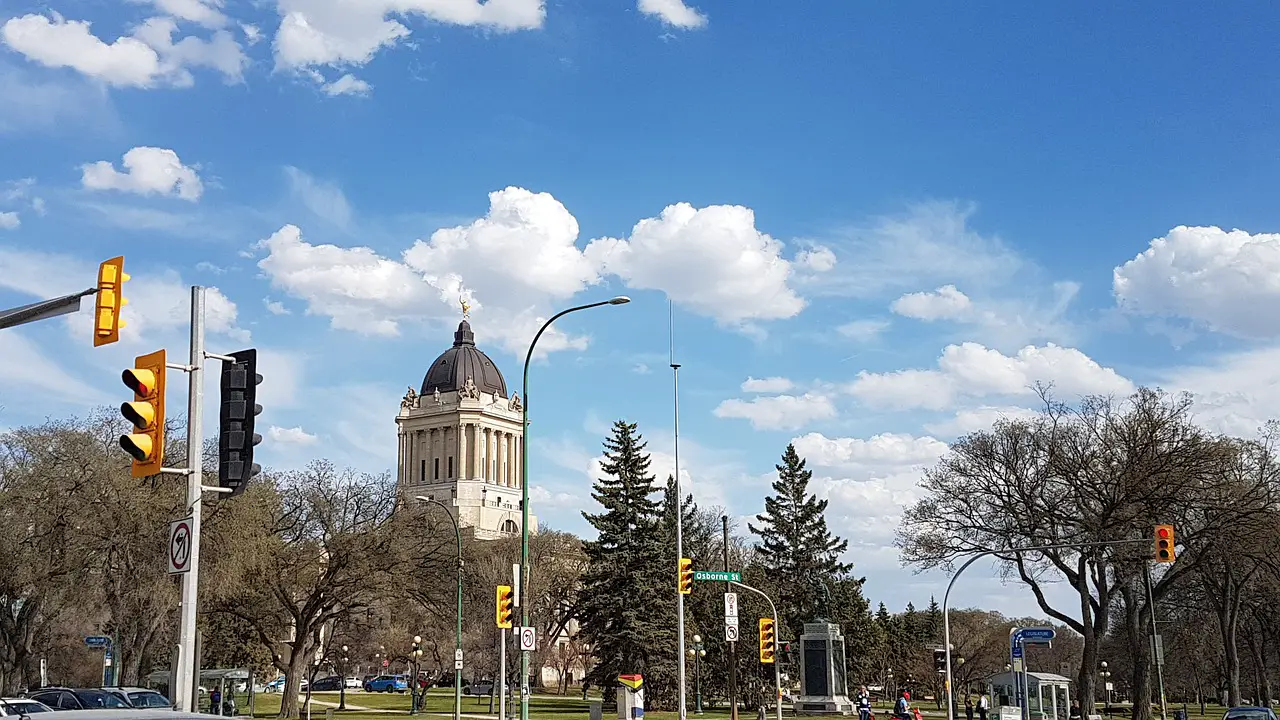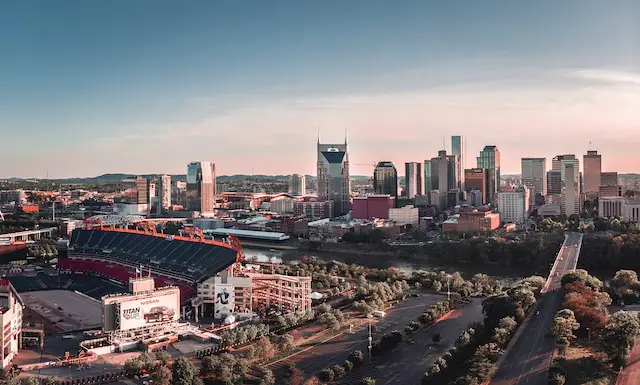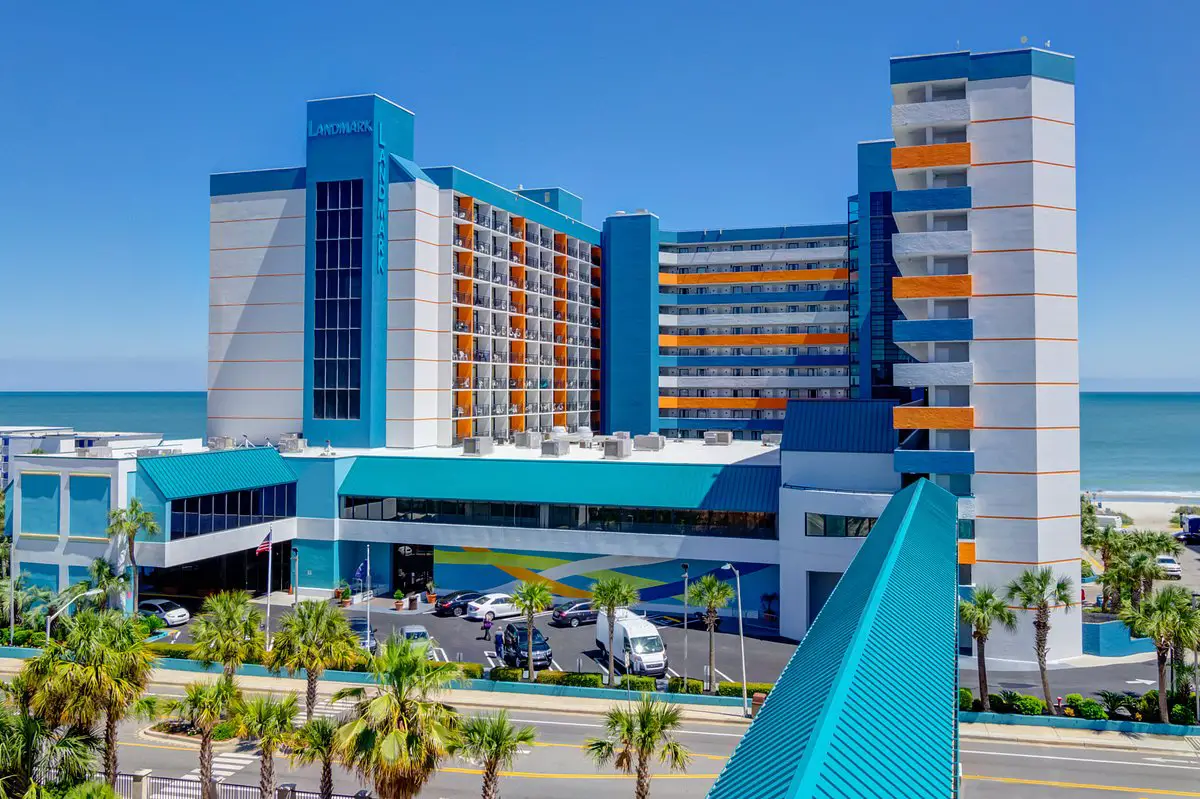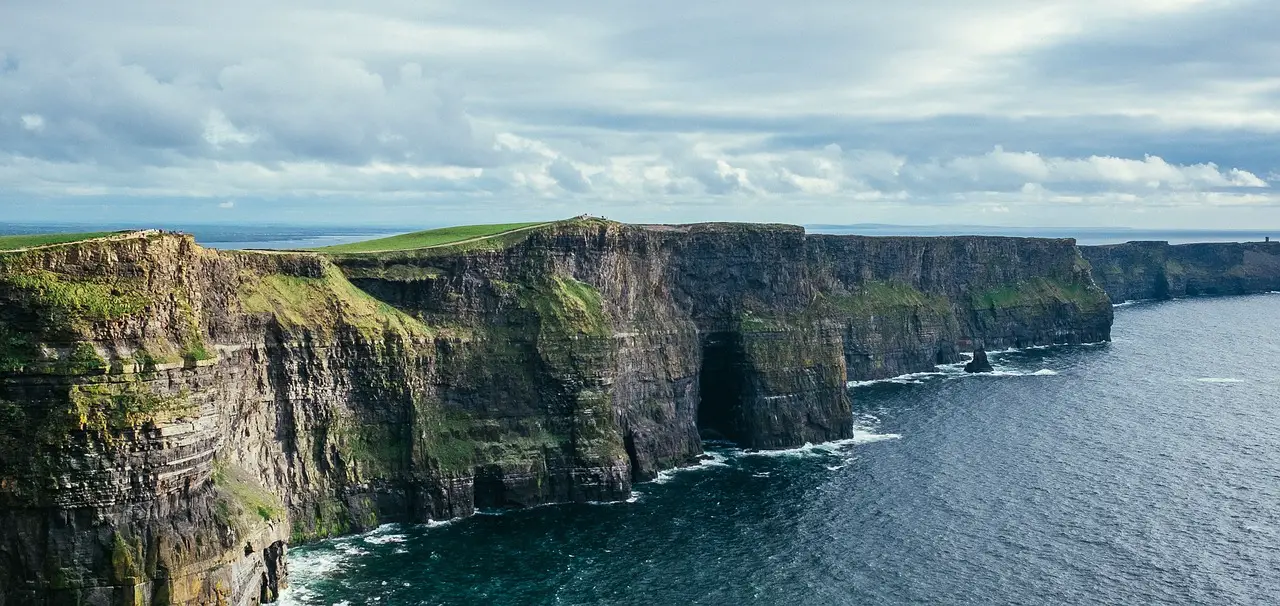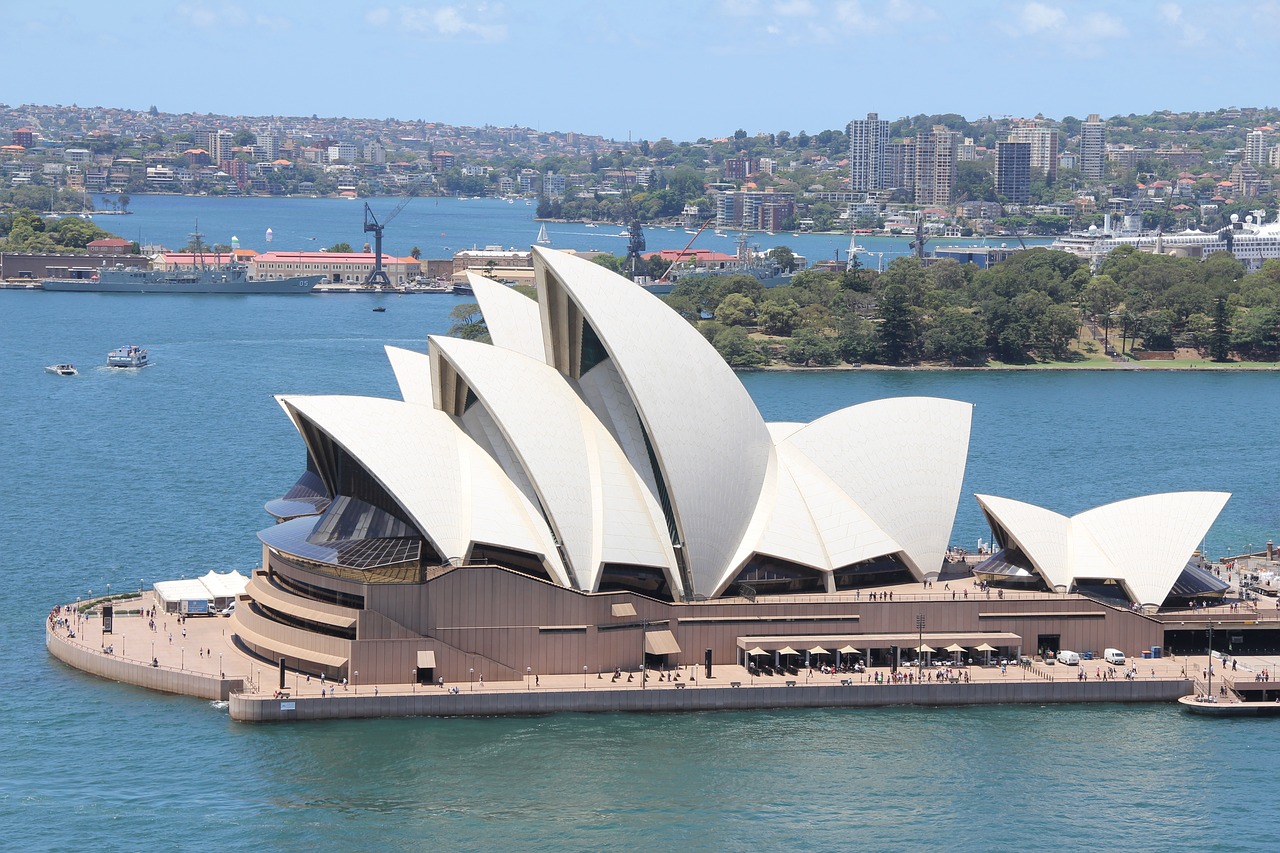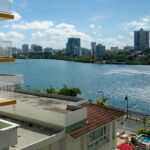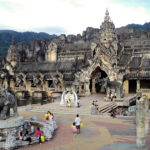Nestled at the confluence of the Red and Assiniboine Rivers, Winnipeg, the capital city of Manitoba, is a place where history and modernity coexist in harmony. Known as the “Gateway to the West,” Winnipeg has a rich and diverse heritage that has shaped its unique character. In this article, we will delve deep into the history, culture, economy, and attractions that make Winnipeg a fascinating city to explore.
Table of Contents
Historical Roots
Indigenous Heritage
Fur Trading Era
Arrival of European Settlers
Winnipeg General Strike
Cultural Mosaic
Indigenous Culture
Immigrant Communities
Arts and Entertainment
Economic Hub
Agriculture and Manufacturing
Transportation and Trade
Education and Innovation
Winnipeg’s Must-Visit Attractions
The Forks National Historic Site
Assiniboine Park and Zoo
Canadian Museum for Human Rights
Manitoba Museum
Winnipeg’s Festivals
Conclusion
Historical Roots
Winnipeg’s history dates back thousands of years when Indigenous peoples, including the Anishinaabe, Cree, Ojibwe, and Dakota, inhabited the region. The name “Winnipeg” itself is derived from the Cree word “win” (muddy) and “nipiy” (water), reflecting the city’s location near muddy waters.
The fur trading era, which began in the late 17th century, played a pivotal role in shaping Winnipeg’s early history. The Hudson’s Bay Company and the North West Company established forts in the region, making it a bustling trade hub for fur, pelts, and other goods.
In the late 19th century, European settlers arrived in large numbers, significantly altering the city’s demographics and contributing to the development of its cultural identity. However, it was during the Winnipeg General Strike of 1919 that the city gained international attention. Tens of thousands of workers went on strike for better working conditions and wages, leaving an indelible mark on the labor movement in Canada.
Cultural Mosaic
Winnipeg’s cultural landscape is a vibrant mosaic, reflecting the diverse backgrounds of its residents. Indigenous culture plays an essential role in the city’s identity, with various events, museums, and cultural centers dedicated to preserving and celebrating this heritage.
The city is also home to a wide range of immigrant communities, including Ukrainian, Filipino, Chinese, and Somali, among others. These communities have brought their traditions, languages, and cuisines to Winnipeg, enriching the city’s cultural tapestry.
Winnipeg’s arts and entertainment scene is another hallmark of its cultural diversity. The Royal Winnipeg Ballet, the Winnipeg Symphony Orchestra, and numerous theaters showcase a variety of performances year-round. The Exchange District, a designated National Historic Site, is a hub for artistic expression, with galleries, studios, and theaters that contribute to the city’s creative vitality.
Economic Hub
Winnipeg’s strategic location at the crossroads of major transportation routes has made it a vital economic hub in Canada. The city’s economy is diverse, with several key sectors driving its growth.
Agriculture and manufacturing have historically been pillars of Winnipeg’s economy. The fertile prairie lands surrounding the city make it a prime location for agriculture, and it’s no surprise that Winnipeg is often called the “Breadbasket of Canada.” Major food processing companies, including Cargill and Maple Leaf Foods, have a significant presence in the city.
Transportation and trade have also played a crucial role in Winnipeg’s economic development. The city’s location at the center of Canada’s road and rail networks makes it a key distribution hub. The James Richardson International Airport facilitates international trade and travel, connecting Winnipeg to destinations around the world.
Winnipeg’s commitment to education and innovation is evident in its thriving research institutions and technology sectors. The University of Manitoba and the University of Winnipeg are renowned for their contributions to various fields of study. The city also boasts a growing tech industry, with startups and established companies alike driving innovation in areas such as artificial intelligence and aerospace.
Winnipeg’s Must-Visit Attractions
Now that we’ve explored the historical and cultural aspects of Winnipeg, let’s turn our attention to some of the city’s must-visit attractions:
The Forks National Historic Site: Situated at the junction of the Red and Assiniboine Rivers, The Forks is a historic meeting place that has been used by Indigenous peoples for thousands of years. Today, it offers a vibrant market, restaurants, gardens, and numerous recreational activities.
Assiniboine Park and Zoo: This sprawling urban park is home to beautiful gardens, walking trails, and a world-class zoo featuring over 200 animal species. The park also houses the Leo Mol Sculpture Garden, showcasing the works of the renowned Ukrainian-Canadian sculptor.
Canadian Museum for Human Rights: A symbol of hope and tolerance, this iconic museum explores the history and ongoing struggle for human rights in Canada and around the world. Its architecture is as awe-inspiring as the stories it tells.
Manitoba Museum: Dive into the province’s history and natural heritage through immersive exhibits, including a full-sized replica of a 17th-century ship and a planetarium that offers a journey through the cosmos.
Winnipeg’s Festivals: Throughout the year, Winnipeg hosts a variety of festivals celebrating its diverse culture and arts scene. From Folklorama, the world’s largest multicultural festival, to the Winnipeg Fringe Theatre Festival, there’s always something exciting happening in the city.
Winnipeg is a city with a rich history, a vibrant cultural tapestry, a diverse economy, and a wide range of attractions that make it a compelling destination for visitors and a vibrant place to call home. Whether you’re interested in exploring its Indigenous heritage, enjoying its diverse arts and entertainment scene, or experiencing its thriving economy, Winnipeg offers something for everyone. So, plan your visit to this dynamic city and discover the heart of Canada’s prairies.
Outdoor Adventures and Natural Beauty
While Winnipeg boasts a rich history and cultural vibrancy, it also offers abundant opportunities for outdoor enthusiasts and those seeking natural beauty. The city is surrounded by stunning landscapes and natural wonders that are worth exploring.
Bird Watching: Winnipeg is a prime destination for birdwatching, especially during the migration seasons. Oak Hammock Marsh and FortWhyte Alive are two excellent locations to observe a variety of bird species in their natural habitats.
Cycling and Hiking: The city has an extensive network of cycling and hiking trails that allow you to explore its natural surroundings. From scenic routes along the rivers to trails in nearby parks, there’s a path for every level of outdoor adventurer.
Winter Sports: For those who enjoy winter activities, Winnipeg offers opportunities for ice skating, cross-country skiing, and snowshoeing. The Assiniboine Park Pavilion’s Duck Pond, in particular, is a popular spot for ice skating in the winter months.
Grand Beach Provincial Park: Located just an hour’s drive from Winnipeg, Grand Beach is a stunning destination with a long sandy beach along the shores of Lake Winnipeg. It’s an excellent place for swimming, sunbathing, and picnicking during the summer months.
Food and Dining Scene
Winnipeg’s culinary scene has undergone a renaissance in recent years, with a focus on locally sourced ingredients and diverse international flavors. The city offers a wide range of dining options to suit every palate and budget.
Ethnic Cuisine: Winnipeg’s diverse population has brought a wide range of ethnic cuisines to the city. From authentic Ukrainian perogies and borscht to delicious Vietnamese pho and Mexican tacos, you can savor flavors from around the world.
Farm-to-Table: The city has embraced the farm-to-table movement, with many restaurants sourcing their ingredients from local farms and producers. This commitment to fresh, locally sourced food is reflected in the quality of meals you’ll find in Winnipeg.
Food Markets: The city’s food markets, such as The Forks Market and St. Norbert Farmers’ Market, are excellent places to sample local products, artisanal foods, and unique treats. They’re also great spots to immerse yourself in the local culture.
Craft Beer and Distilleries: Winnipeg has a burgeoning craft beer and spirits scene. Numerous breweries and distilleries offer tours and tastings, allowing you to sample some of the city’s finest libations.
Community Spirit and Welcoming Atmosphere
One of Winnipeg’s most endearing qualities is its strong sense of community and welcoming atmosphere. The city’s residents are known for their friendliness and hospitality, making visitors feel right at home. Whether you’re exploring the vibrant neighborhoods, attending local events, or striking up a conversation with a local, you’ll quickly discover the warmth of Winnipeg’s people.
Winnipeg, a city steeped in history, culture, and natural beauty, continues to evolve while honoring its roots. From its rich Indigenous heritage to its diverse immigrant communities, from its thriving economy to its wide range of attractions, Winnipeg has something to offer everyone. Whether you’re interested in exploring the city’s past, experiencing its vibrant present, or enjoying its natural surroundings, Winnipeg welcomes you with open arms. So, plan your visit to this heart of the Canadian prairies, and you’ll undoubtedly discover why it’s a city worth celebrating and exploring.
